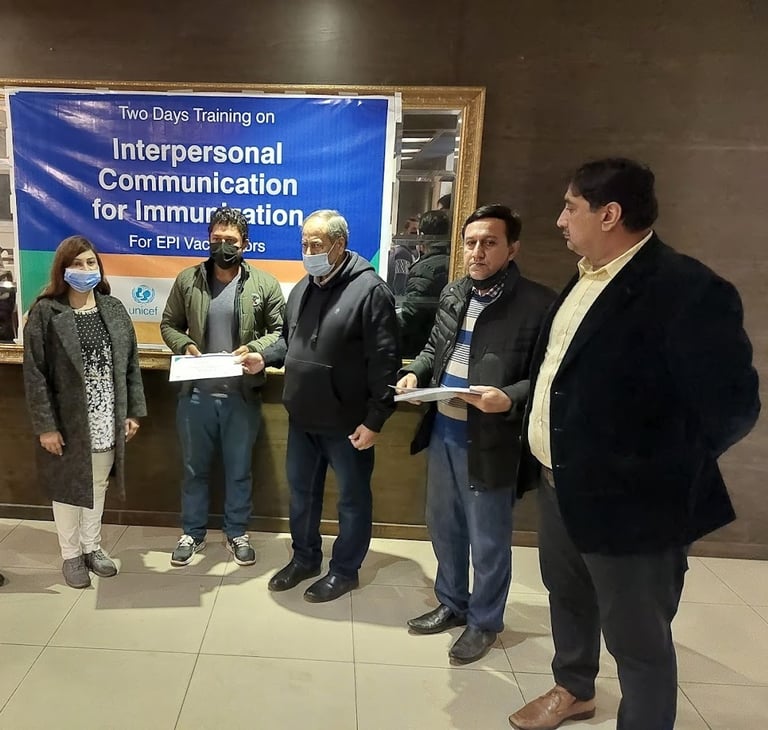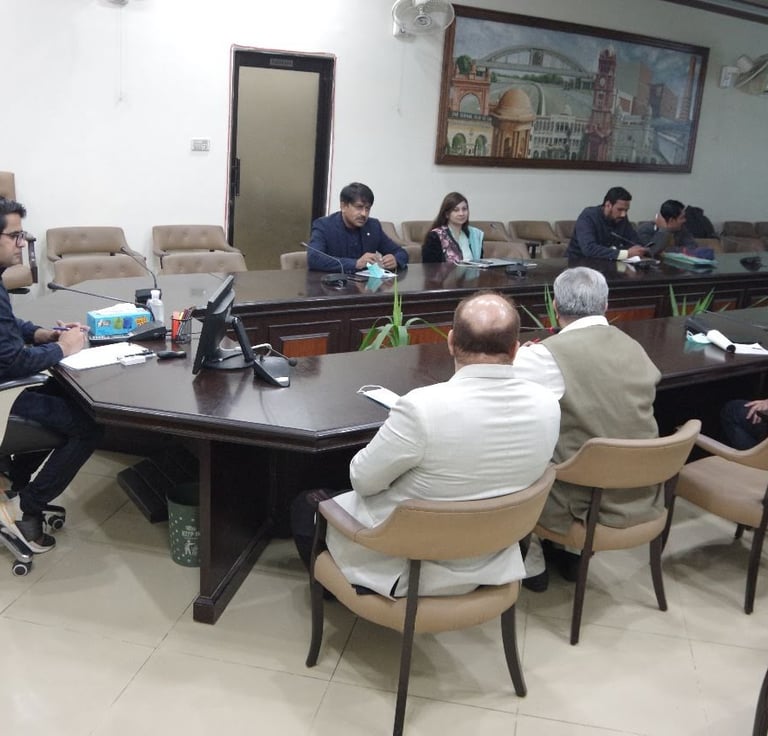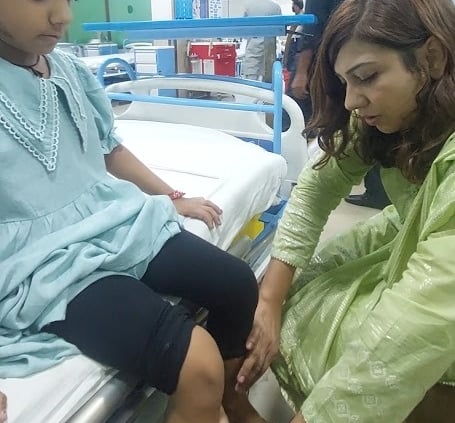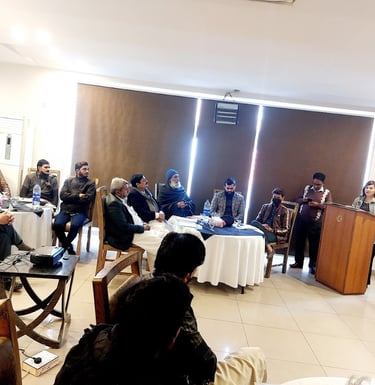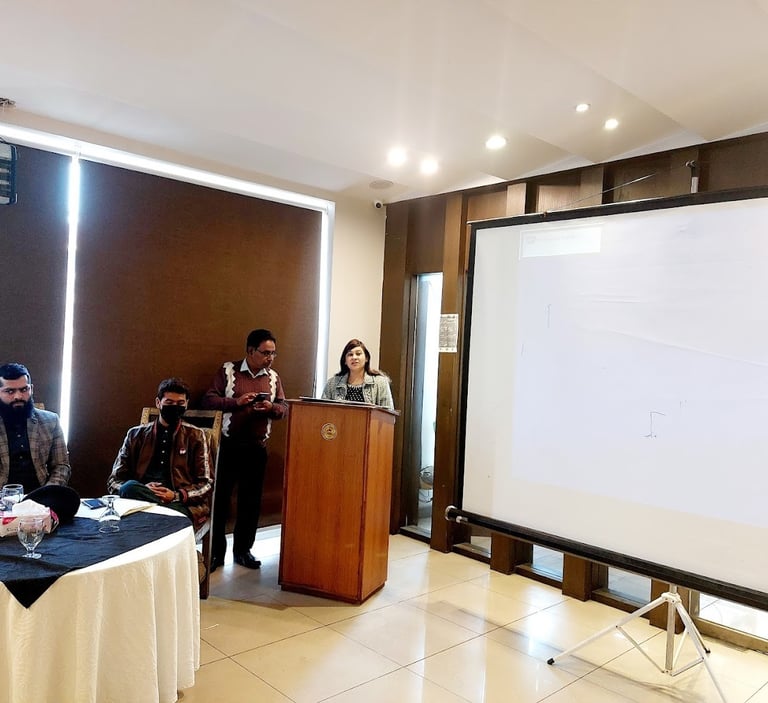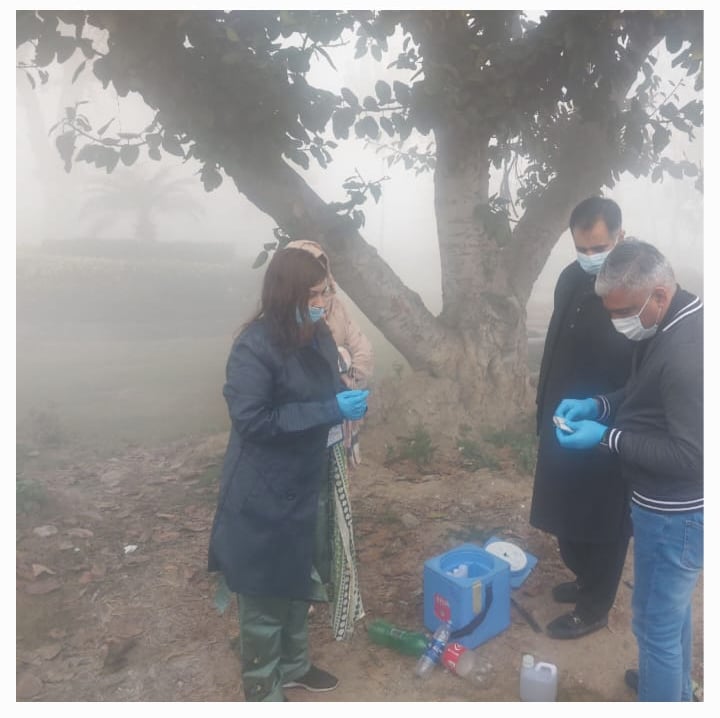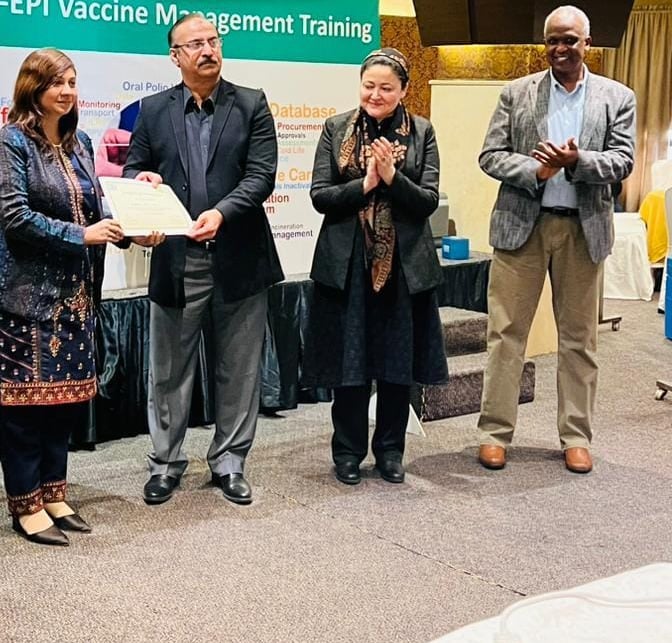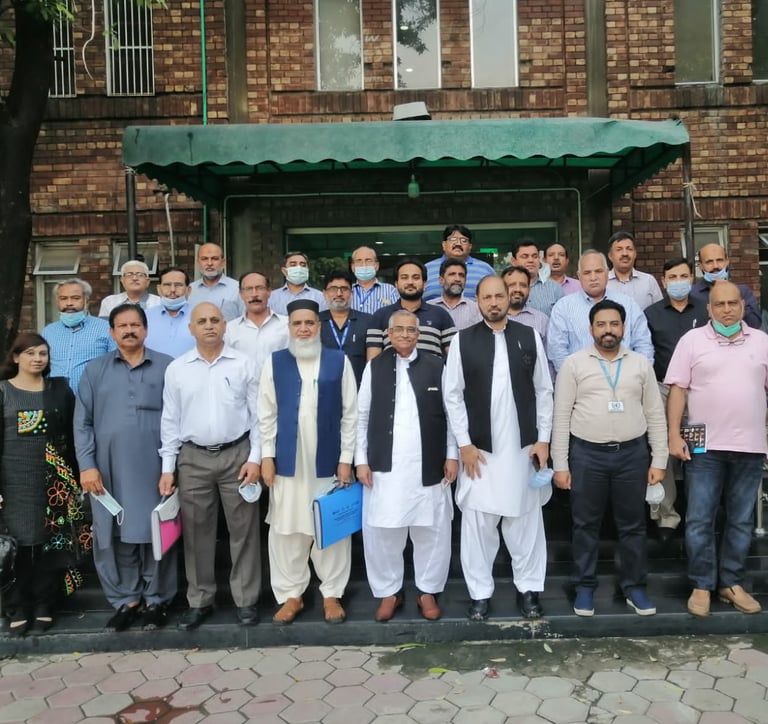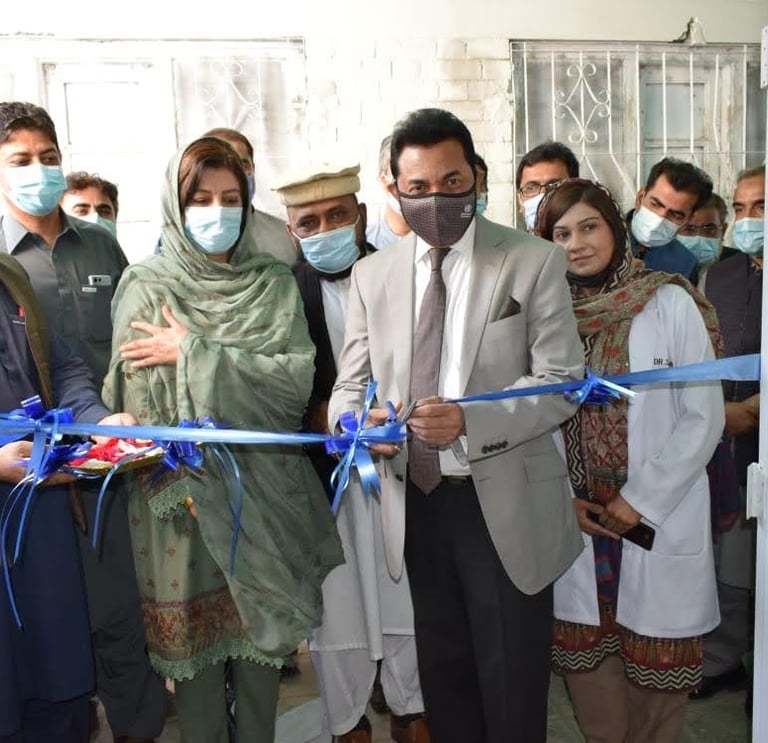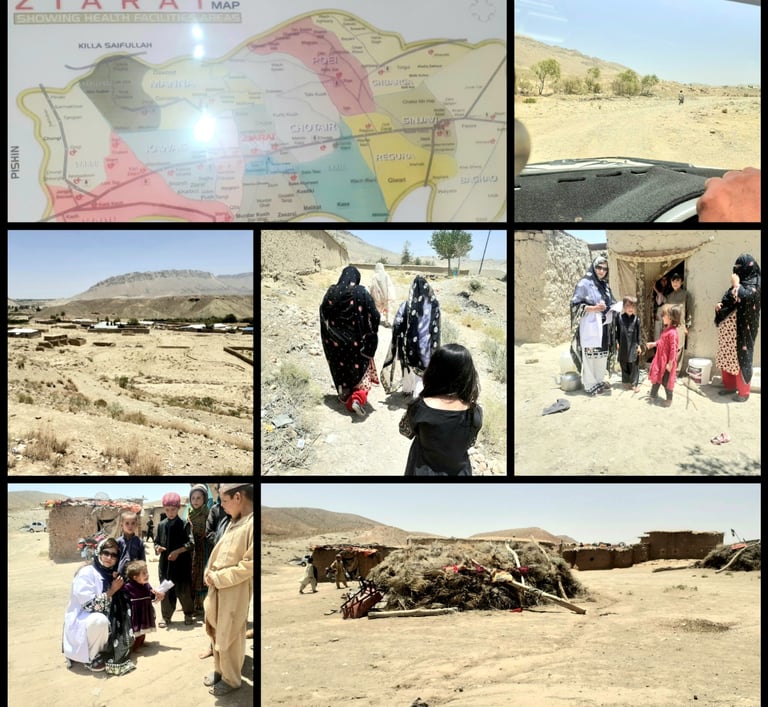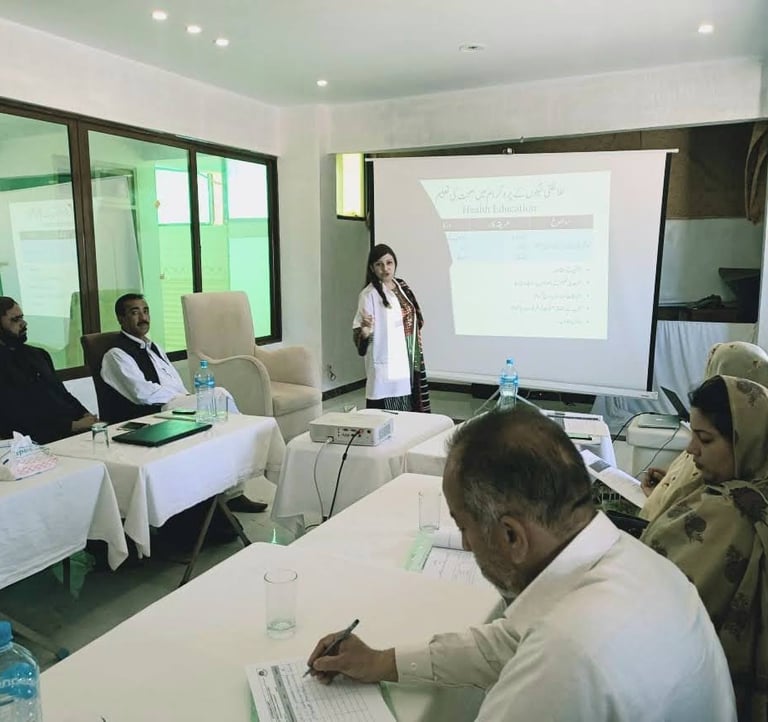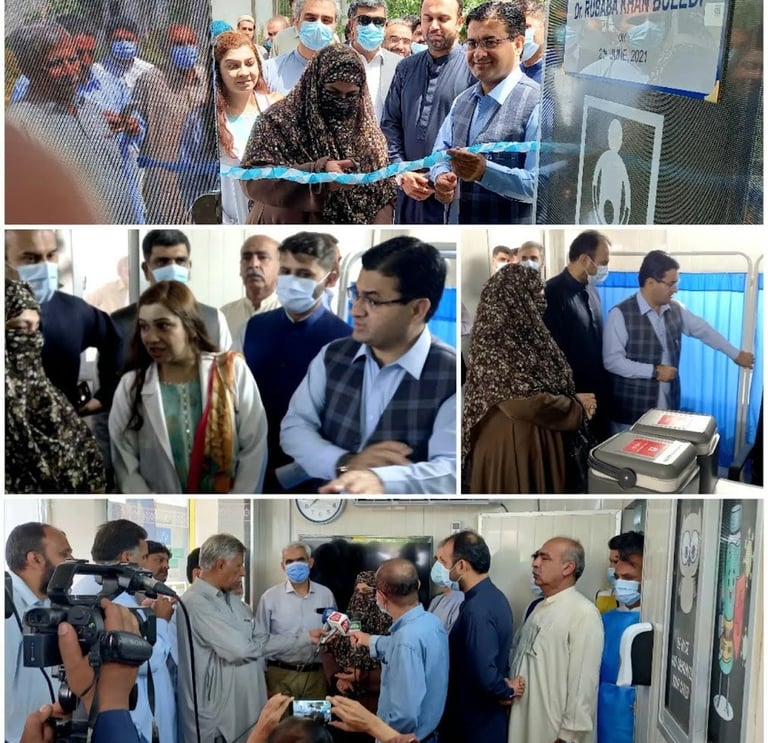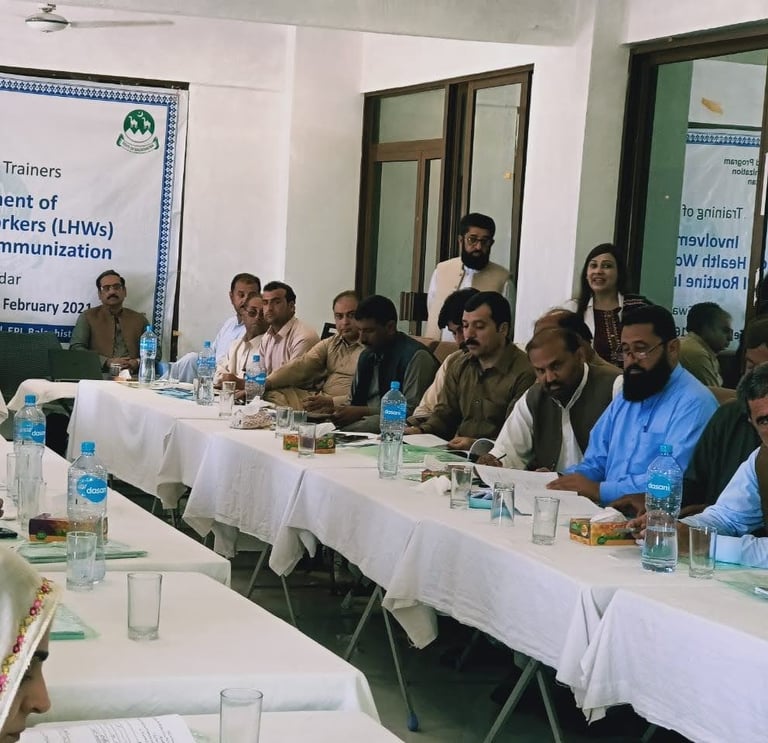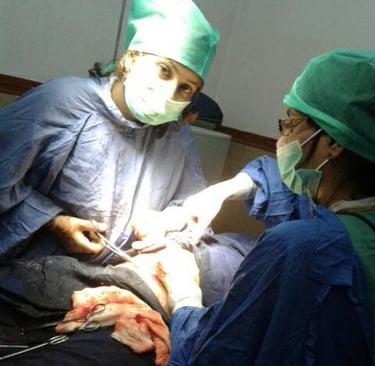Humanitarian Relief
Explore my gallery of fieldwork, missions, and projects
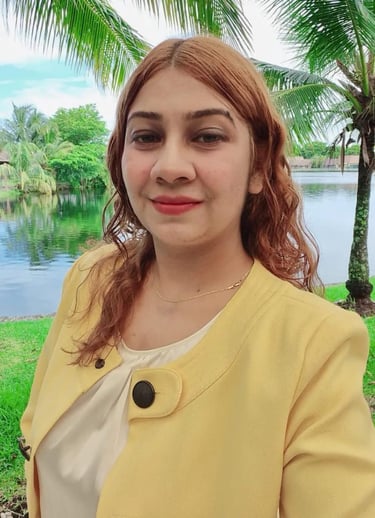

During my humanitarian work in the South Asia region, I made it a priority to follow local cultural norms and traditions as a sign of respect for the communities I served. This approach helped build trust and mutual understanding, which was essential for effectively communicating behavior change messages and fostering meaningful engagement.
Regional Focus
(2020-2023)
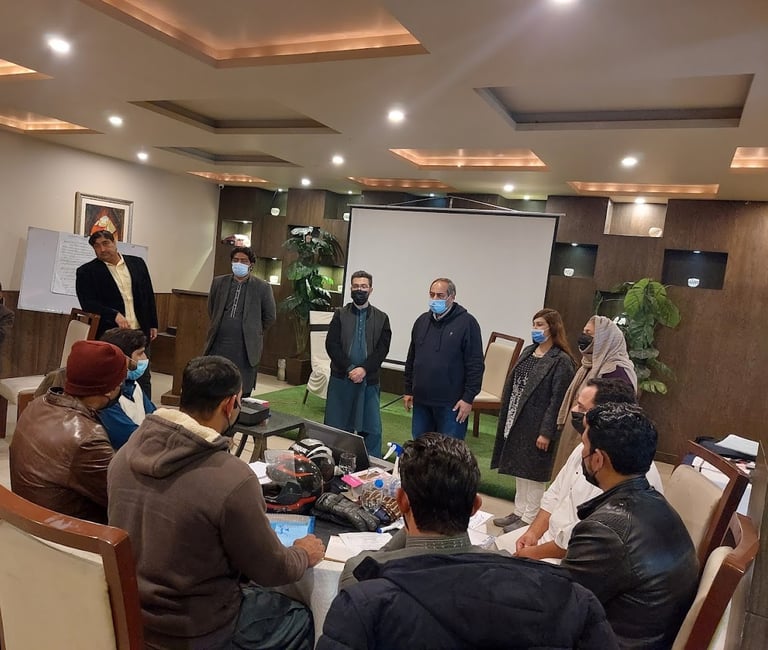

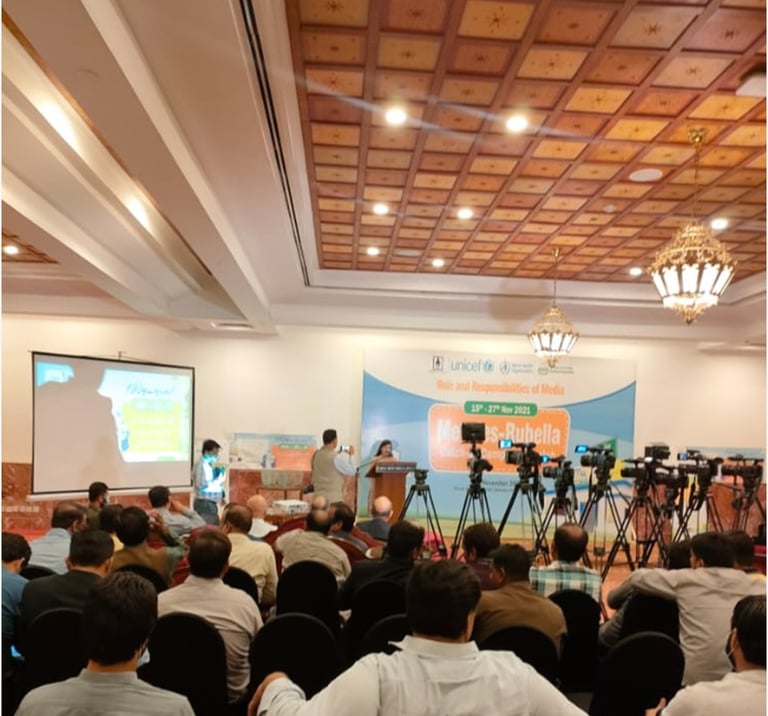

Indo-Gangetic Plain Region Of South Asia
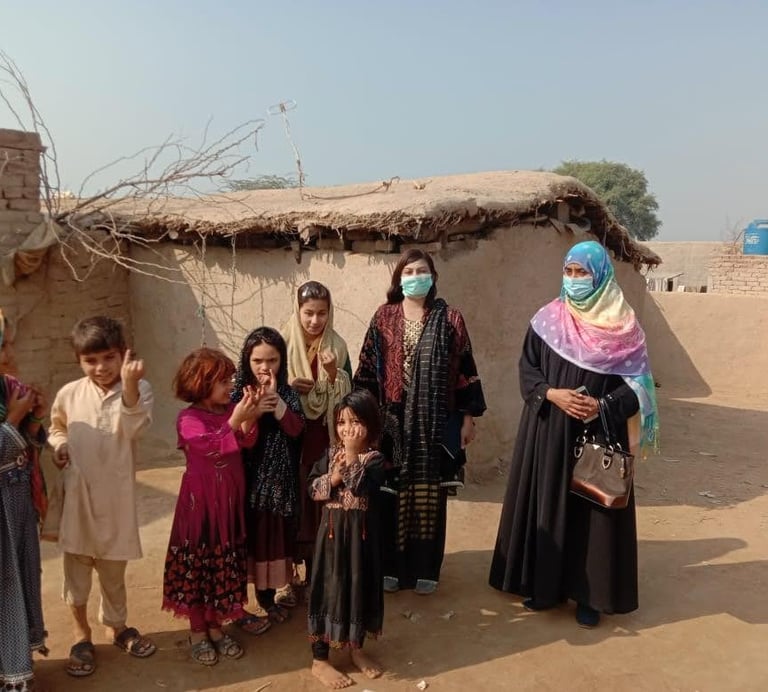

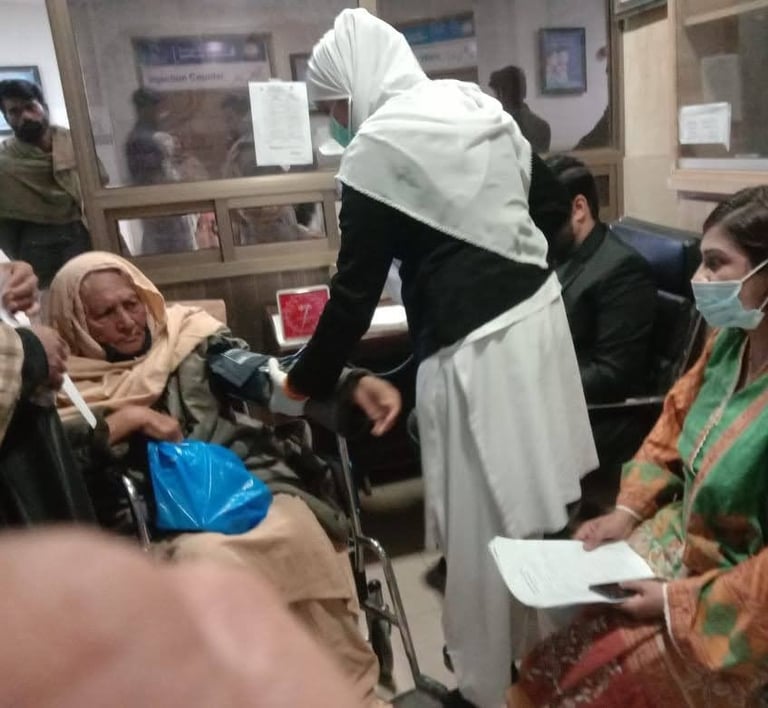

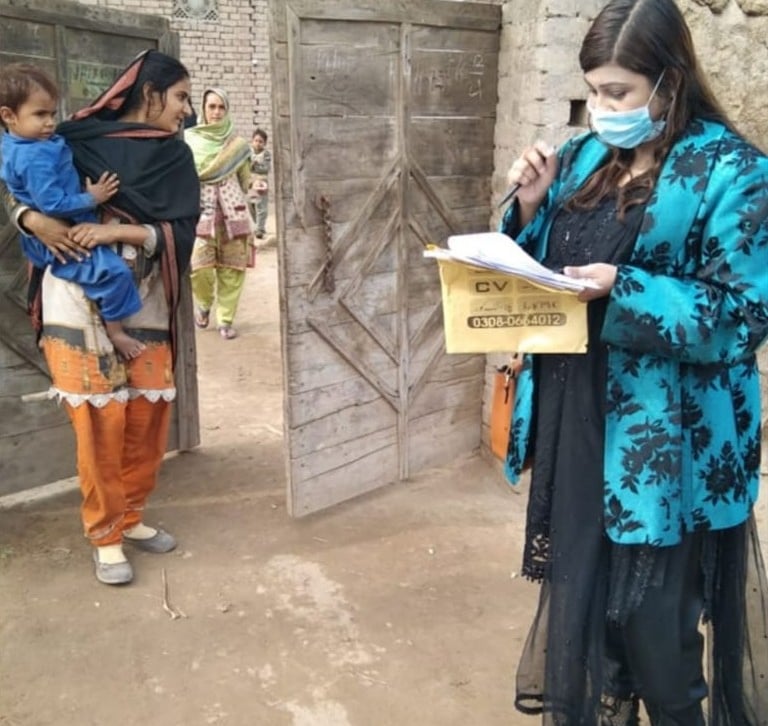


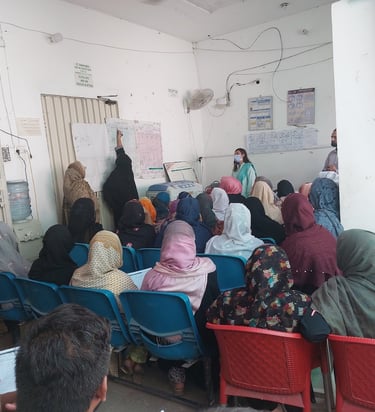

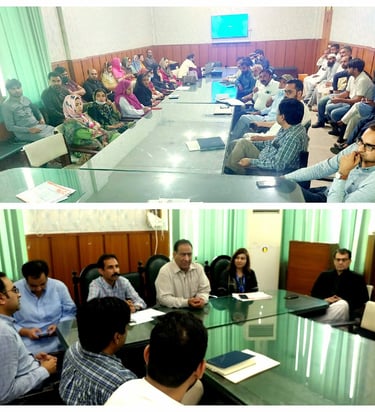
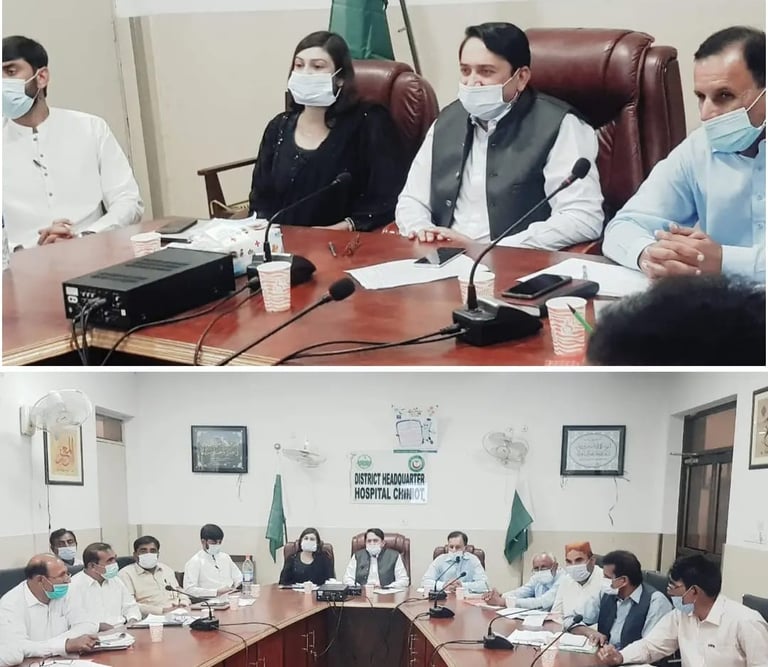

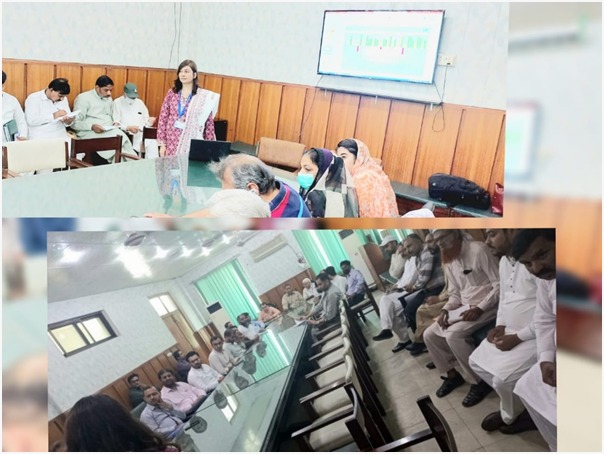

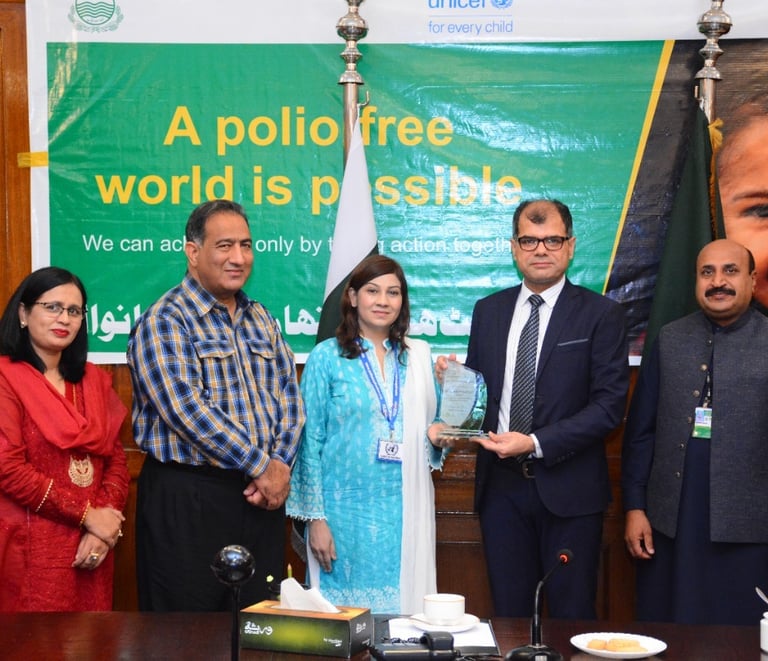

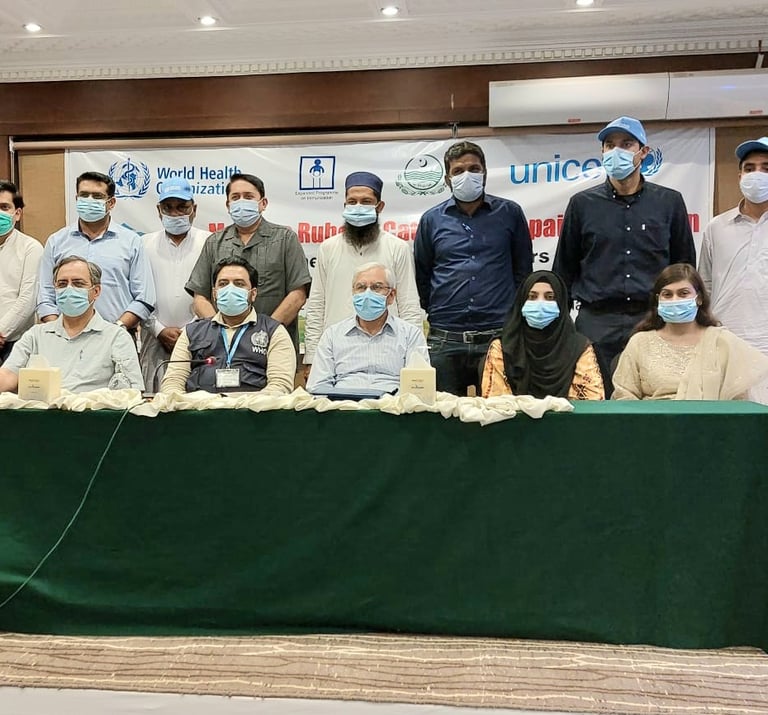

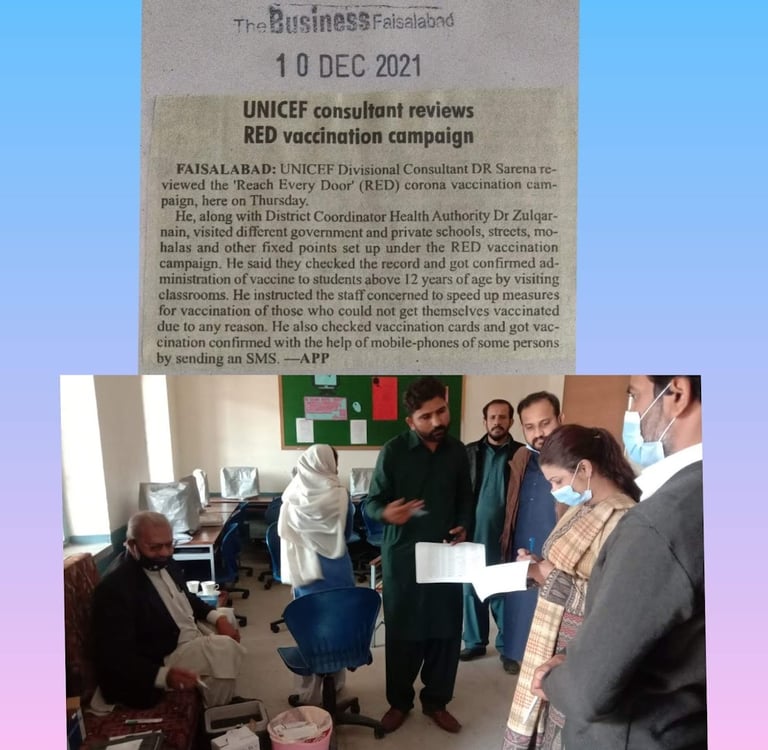


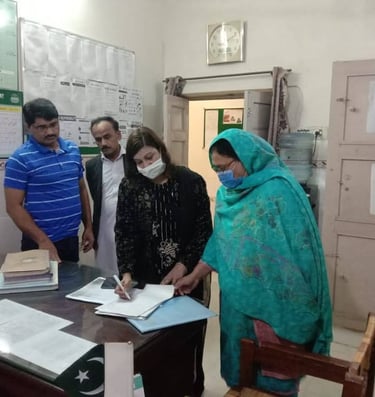
Operating in the Punjab divisions of Lahore, Faisalabad, Multan, and Gujranwala, strategically located in eastern Pakistan within the South Asian subcontinent and near the international border with India my work focused on combating communicable diseases that pose regional and cross-border risks.
These populous and economically vital areas serve as key transit and trade corridors connecting South Asia with Central and West Asia, making them critical zones for surveillance and control of vaccine-preventable diseases (VPDs) and acute flaccid paralysis (AFP).
Through advocacy, communication, COVID-19 monitoring, polio case investigations, environmental sampling, and targeted training of healthcare workers and migratory populations, I helped strengthen immunization systems and public health resilience. Inclusive mass media campaigns further ensured vital health messages reached diverse communities, including children with special needs, contributing to broader disease prevention and health equity efforts in this geopolitically significant region.
Get in Touch
Did my work touch your heart? Please share...
